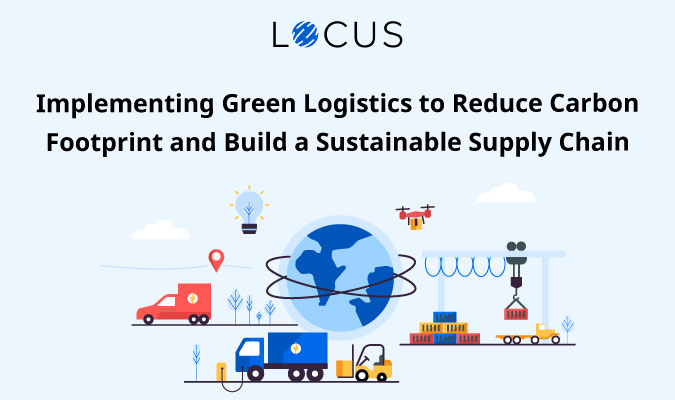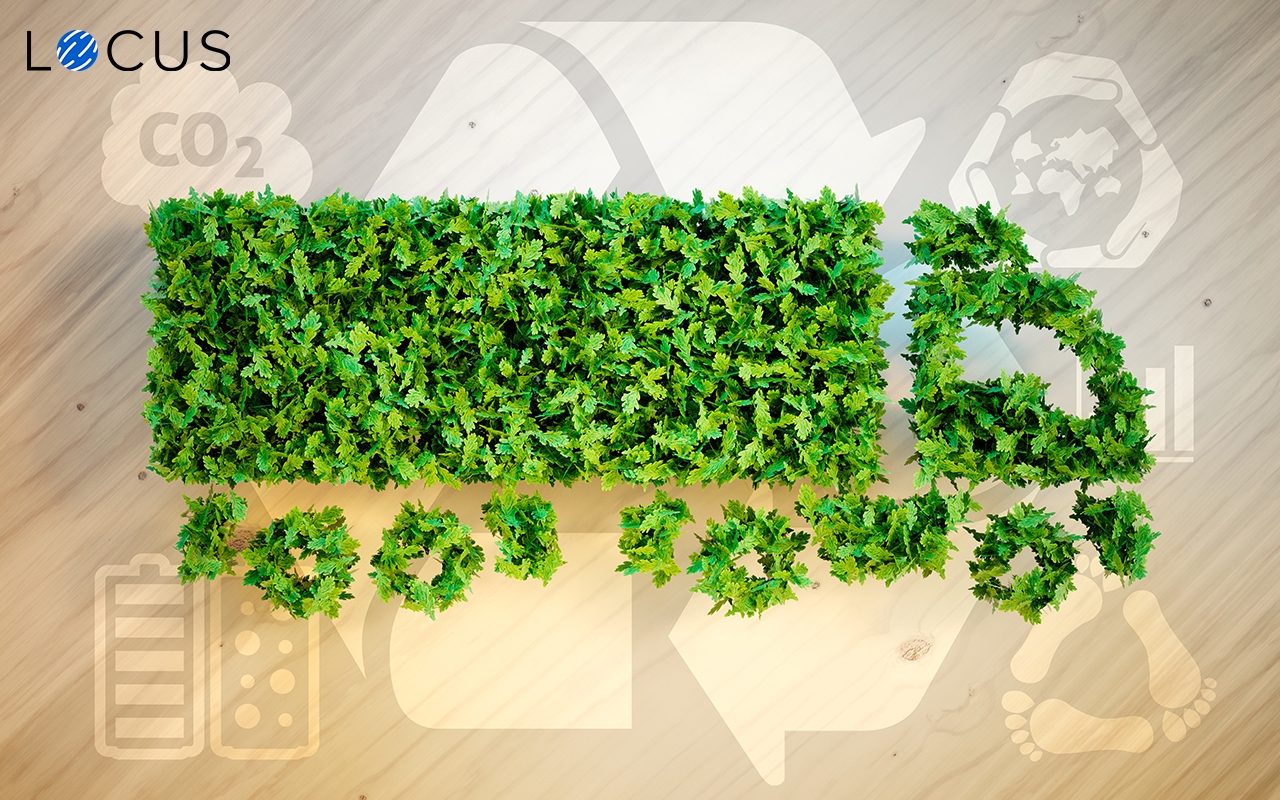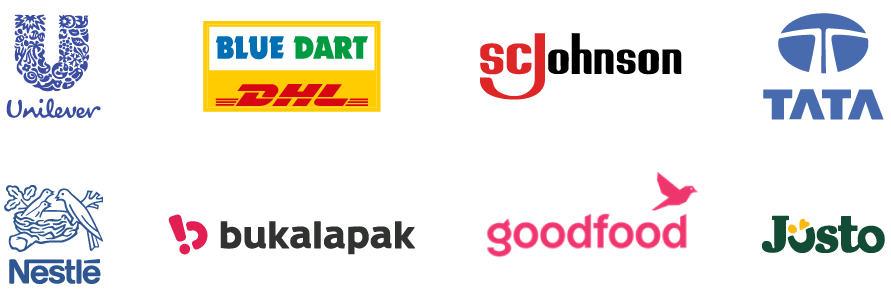What is Carbon Footprint?
Human activities are one of the main causes of greenhouse gas emissions. A carbon footprint is the total greenhouse gas (GHG) emissions caused by an individual, event, organization, service, or product, expressed as carbon dioxide equivalent. Calculation of carbon footprint can be done ranging from a single person to the entire world, based on multiple factors. For individuals, it is calculated based on their diet, transportation choices, home size, shopping and recreational activities, usage of electricity, heating, and heavy appliances such as dryers and refrigerators, and so on. For businesses, a number of other additional factors such as the nature of product/service offered, the size of operations, dependency on natural resources, etc. come into consideration.
Industries, e-commerce businesses, corporate entities, and supply chain enterprises contribute majorly to the increase in greenhouse gases and carbon emissions. As corporates, they have a prime social responsibility of adopting greener and more sustainable business practices to reduce their carbon footprint.
How can supply chains reduce carbon footprint?



How can Locus help manage your logistics?
Join Industry Leaders:


